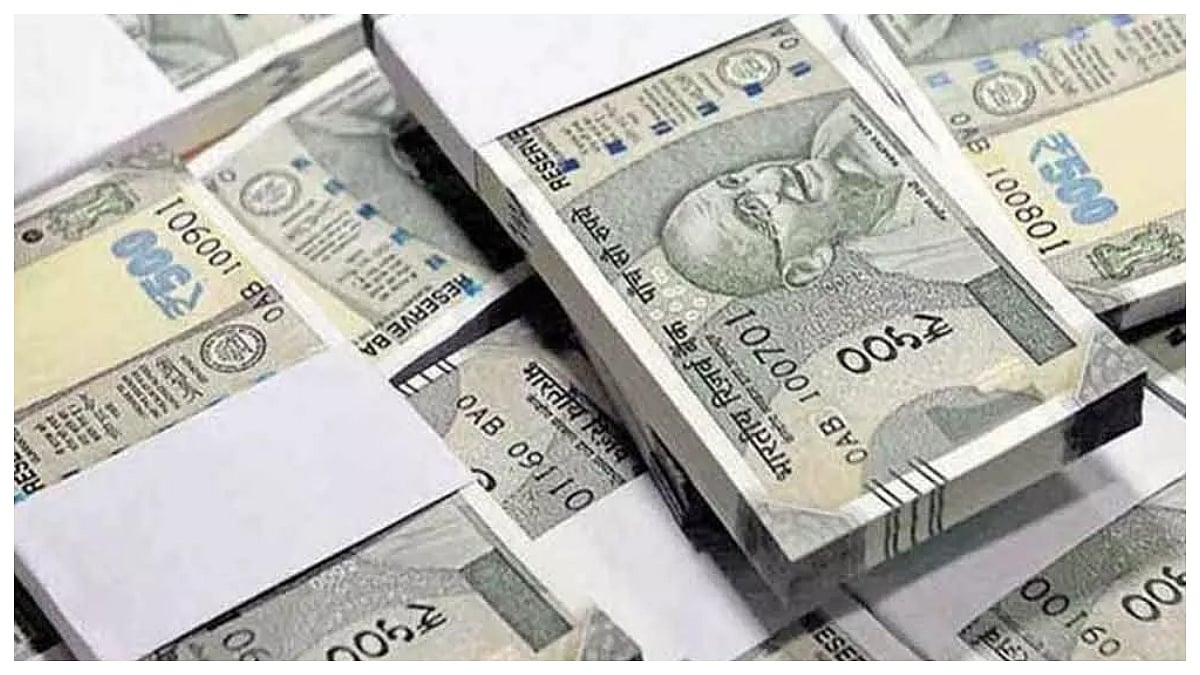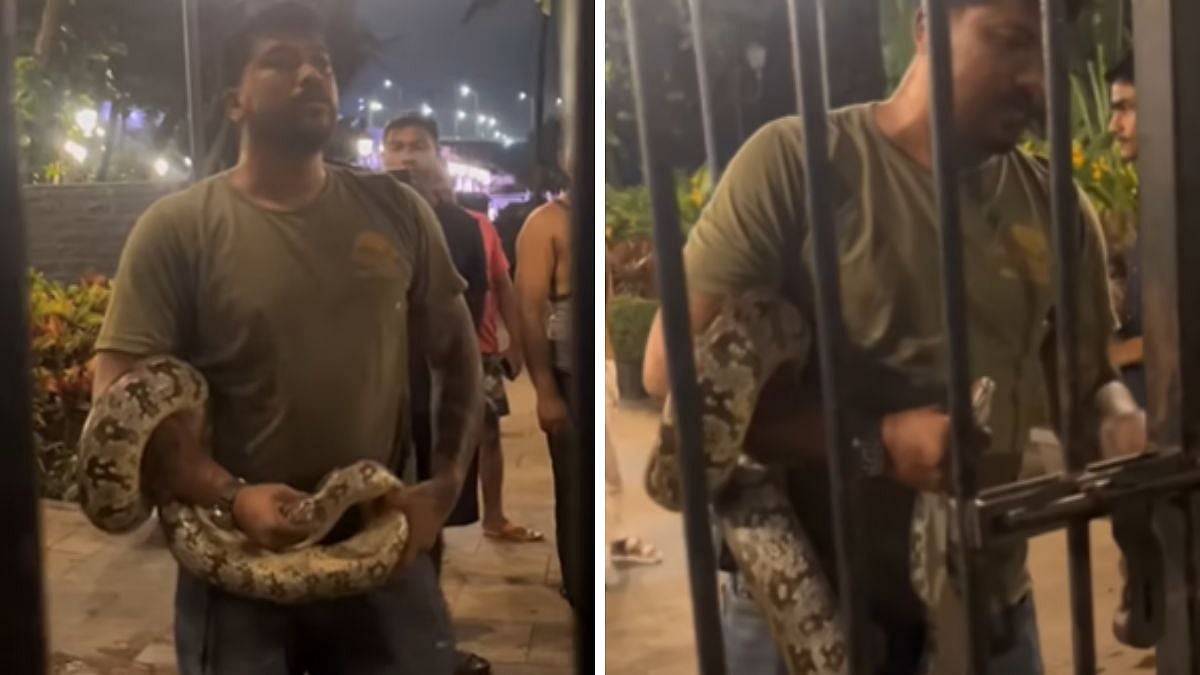Mumbai: When Mahim resident Anant Khadilkar talks about the tradition of getting Ganpati, he is a bit conservative about the number of years they have been getting it. "I do not want to exaggerate but the tradition has been easily more than 100 years. Even my great grandfather used to get it in our village," said the 68-year old Mahim resident. Khadilkar says his father got Ganpati in home when his elder brother was around 12 years of age. “Now he would have been 84-years-old had he been alive. For the last 72 years, we have been getting Ganpati in Mumbai alone. Before that my father and family would go to Sangli for Ganpati," said Khadilkar.
Tradition amongst some of these families:
Originally from Konkan, the Khadilkars moved to Sangli nearly seven generations ago. The Kulachar (cultural or generational ritual) moved down to Anant's brother and aunt. "Ganpati is part of our life. There is nothing else I can say about it. He brings happiness and all the family members wait for his arrival," said Aditya Khadilkar, his 31 year old son. The family says it continues the tradition of having an eco-friendly Ganpati at home. Even the immersion of the five-day-old Ganpati is done now in an artificial pond. “It is only parda (curtain) and flowers. At most a flower pot is kept,” said Anant.
“We grow fond of him when he is here. It is like ghar ka baccha (kid of the house) leaving home when he goes for visarjan. Obviously we are sad when he goes," added Anant. While Khadilkars get only Ganpati, the Mirlekar family from Thakurdwar get Ganpati followed by Mother Goddess Gauri and even Lord Shankar. “Ganpati comes on Chaturthi, Gauri comes on the third day from a temple and we put a silver mask on her and her main puja was done on Friday. Lord Shankar is present in the form of a tree,” said Ramakant Mirlekar, 67.
Originally from Kophi in Ratnagiri district of Konkan belt, Mirlekar said that there would hardly be anyone who did not get Ganpati. "Ninety eight percent of people in Konkan would get Ganpati. My great grandfather started the tradition in the village. Since then it has been a tradition and over 100 years of getting Ganpati," he added.
During the Ganpati season, the Mirlekars turn vegetarian except when it comes to offering bhog to mother goddess Gauri. She is offered non-vegetarian bhog, either chicken or fish. "That is how it is in our house. Lord Ganpati is vegetarian while mother is given chicken or fish for bhog. But that is only for bhog. For the festival period, the family does not have non-veg food," said Mirlekar. The reason to become vegetarian is mainly business related. From a goldsmith family, Mirlekar said that in the early years they would have many Gujaratis with whom they did business. "The Gujaratis of old days are not like the ones of now. We would have to put extra agarbattis so that there is no smell of fish. Our trade was with them and they would not even have water had they known about us having non-veg. We now have only veg during Ganpati season," joked Mirlekar.
Decoration at Mirlekar, like in the case of Khadilkar, is simple. "We do not have as much manpower too. But everything is eco-friendly and reused. Getting home Ganpati is a must, which we follow with fanfare and keep it for five days," said Mirlekar.
In the case of Apte, the family like the other Chitpavans gets Ganpat for only one and half days. "Our Ganpati is over 200 years old and started when we lived in Ratnagiri. In Mumbai, my great grandfather got it for the first time in the 1880s when he came to work here. Since then we have changed places but the Ganpati has been there for one and half days. In our community, we do not get it for show. It is compulsory and we get it for one and half days only," said Rohin Apte, who now lives in Dadar.










